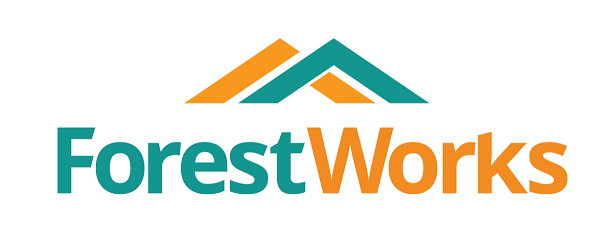Workplace health and safety is critically important to the forest and wood products industry, due to the high risk nature of some tasks. You can reduce the risk of accidents and incidents taking place in your workplace by developing systems and processes to encourage workplace health and safety.
The accurate reporting of accidents is one example of a process to increase workplace health and safety, because you can then put in place practices to minimise the risk of the same or similar accident reoccurring. However, it is important to consider the foundation skills gaps in your organisation prior to establishing any process.
The scenarios and activities outlined below can be adapted to your workplace. They aim to build the capacity of individuals to tackle workplace health and safety issues, and therefore the capacity of the workplace as well. As with most learning relationships, it is important that a positive and welcoming approach to learning is fostered in the workplace. A supervisor or fellow worker will need to work with individual employees to understand the scenarios and then work through the activities together. Please note that the learning materials in this section require some understanding and mathematical skills, so may require ongoing review and learning.
Read through the following scenarios to see some solutions for addressing foundations skill gaps when dealing with workplace health and safety issues.
Scenarios |
Activities |
|
| Restraining loads to be safe | Scenario | Activity – Restraining loads |
| Buddying a new employee | Scenario | Activity – Guidelines for being a buddy |
| Reporting incidents | Scenario | Sample – Incident report |
| Understanding ratios | Scenario | Activity – Understanding ratios |
Acknowledgments
© Commonwealth of Australia 2015. This program has been produced by ForestWorks with the assistance of funding provided by the Australian Government through the Department of Education and Training. These documents can be altered for training purposes only.
